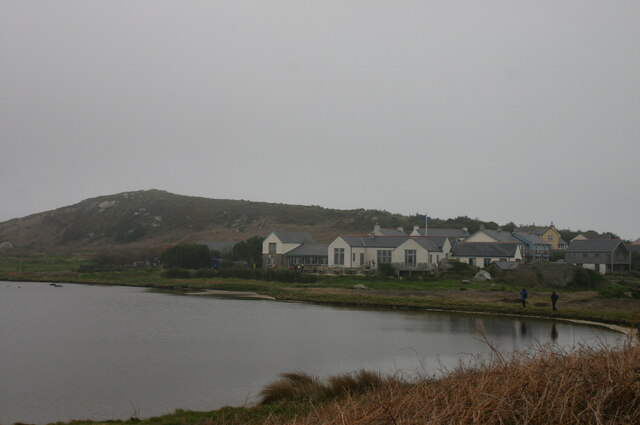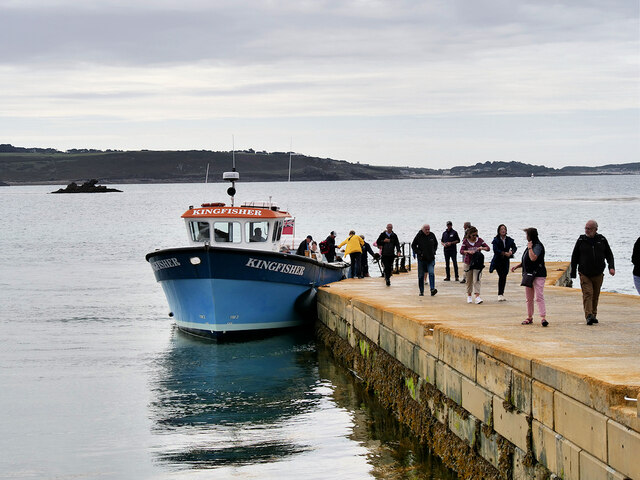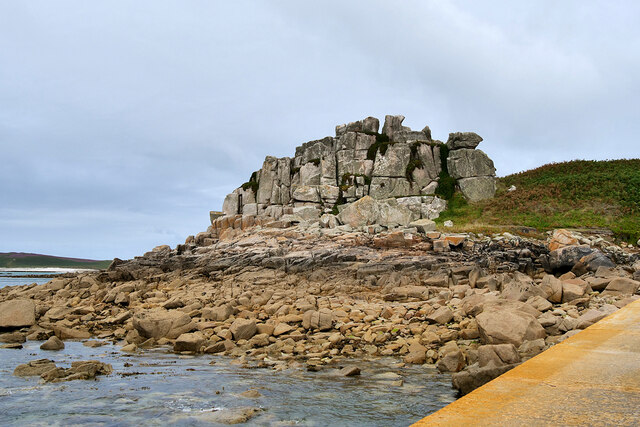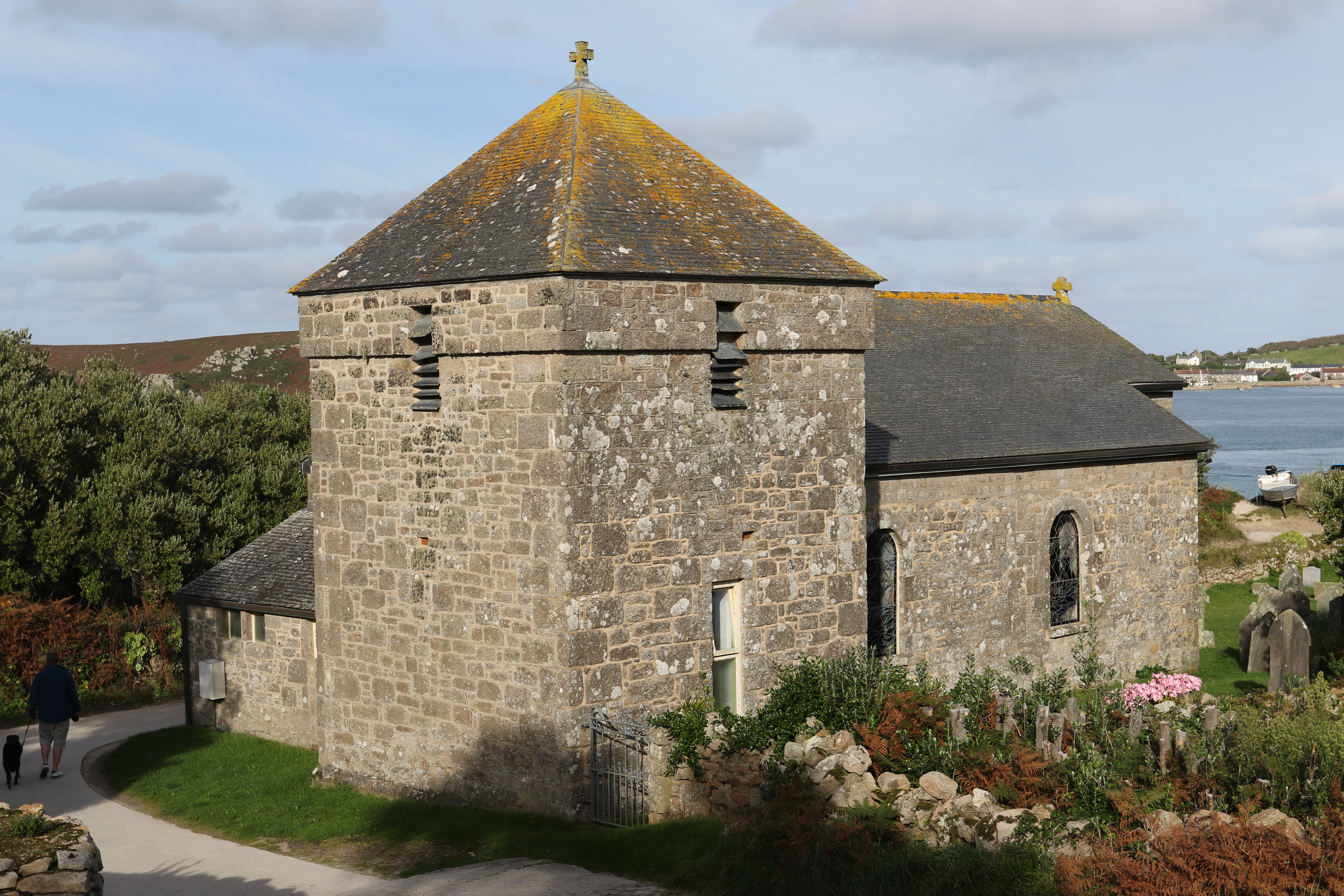Little Rushy Bay Ledge
Coastal Feature, Headland, Point in Cornwall
England
Little Rushy Bay Ledge

Little Rushy Bay Ledge is a prominent coastal feature located in Cornwall, England. It is situated on the southern coast of the county, near the village of Mawgan Porth. This stunning headland is characterized by rugged cliffs and breathtaking views of the Atlantic Ocean.
The headland is composed of hard, resistant rocks, primarily consisting of granite and schist. These ancient rocks have been shaped by the relentless forces of erosion, resulting in the formation of steep cliffs that jut out into the sea. Little Rushy Bay Ledge is known for its dramatic cliff faces, which reach heights of up to 100 feet in some areas.
The headland offers a vantage point for observing the coastal landscape and its diverse wildlife. Seabirds, such as gulls and cormorants, can often be spotted nesting on the cliff ledges, while dolphins and seals occasionally make appearances in the surrounding waters. The area is also rich in marine life, with rock pools teeming with colorful creatures such as crabs, sea anemones, and small fish.
Access to Little Rushy Bay Ledge is via a well-maintained footpath that winds its way along the cliff tops, providing visitors with panoramic views of the coastline. The headland is a popular destination for hikers and nature enthusiasts, who can explore the rugged terrain and enjoy the tranquility of the surroundings. It is important to note that parts of the headland can be hazardous, especially during high winds or rough sea conditions, so caution is advised when exploring the area.
In conclusion, Little Rushy Bay Ledge is a striking coastal feature in Cornwall, offering breathtaking views, diverse wildlife, and a unique opportunity to experience the rugged beauty of the region's coastline.
If you have any feedback on the listing, please let us know in the comments section below.
Little Rushy Bay Ledge Images
Images are sourced within 2km of 49.943308/-6.3570433 or Grid Reference SV8713. Thanks to Geograph Open Source API. All images are credited.













Little Rushy Bay Ledge is located at Grid Ref: SV8713 (Lat: 49.943308, Lng: -6.3570433)
Division: Isles of Scilly
Unitary Authority: Isles of Scilly
Police Authority: Devon and Cornwall
What 3 Words
///geologist.roofed.stalemate. Near Bryher, Isles of Scilly
Nearby Locations
Related Wikis
All Saints' Church, Bryher
All Saints' Church is a Grade II listed parish church in the Church of England located in Bryher, Isles of Scilly. == History == Bryher is the most westerly...
Samson, Isles of Scilly
Samson (Cornish: (Enys) Sampson) is the largest uninhabited island of the Isles of Scilly, off the southwestern tip of the Cornish peninsula of Great Britain...
Bryher
Bryher (Cornish: Breyer, lit. 'place of hills') is one of the smallest inhabited islands of the Isles of Scilly, with a population of 84 in 2011, spread...
Gweal, Isles of Scilly
Gweal ( GWEEL; Cornish: Gwydhyel, lit. 'place of trees') is one of the Isles of Scilly. It is the largest of the seven Norrard Rocks due west of Bryher...
Nearby Amenities
Located within 500m of 49.943308,-6.3570433Have you been to Little Rushy Bay Ledge?
Leave your review of Little Rushy Bay Ledge below (or comments, questions and feedback).






